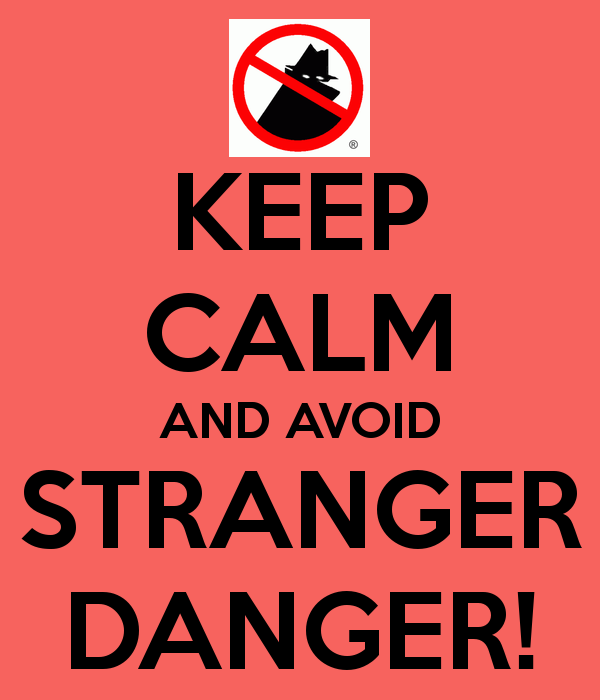5 Internet Safety Tips for Kids
https://www.youtube.com/watch?v=X9Htg8V3eik
1) Don’t post any personal information online – like your address, email address or mobile number.
2) Think carefully before posting pictures or videos of yourself. Once you’ve put a picture of yourself online most people can see it and may be able to download it, it’s not just yours anymore.
3) Keep your privacy settings as high as possible.
4) Never give out your passwords.
5) Don’t befriend people you don’t know.
6) Don’t meet up with people you’ve met online. Speak to your parents or guardian about people suggesting you do.
7) Remember that not everyone online is who they say they are.
8) Think carefully about what you say before you post something online.
9) Respect other people’s views, even if you don’t agree with someone else’s views doesn’t mean you need to be rude.
10) If you see something online that makes you feel uncomfortable, unsafe or worried: leave the website, turn off your computer if you want to and tell a trusted adult immediately.
Internet Safety Tips for Kids
https://www.youtube.com/watch?v=S6WbpEL-PPw
11) Choose and use passwords wisely – Make certain that your password contains at least 8 characters and includes a variety of numbers, letters, and/or symbols.
12) Download with care – Download images, applications, and screen savers from trusted sources only. Make certain that you know that the website you are visiting and it is one you can trust.
13) Do not immediately open e-mail attachments – If you receive an e-mail attachment that you were not expecting (even if it is from someone you know), do not open it—there may be a virus contained within it. Your best bet is to send an e-mail back to the sender asking them to explain what the attachment contains. If it is a virus, they may not even know the e-mail was sent. This extra step can really help to protect your system!
14) Avoid forwarding chain letters, jokes, and other types of SPAM – These letters often contain false information that misleads people. In addition, they send the personal data of yourself and your friends to strangers through malware embedded in the chain-email. By forwarding emails to your friends, you may be creating a list of emails for spammer to use.
Wild About Safety with Timon and Pumbaa: Safety Smart® Online -- PREVIEW
https://www.youtube.com/watch?v=M-njh8mFvVk
References:
Staying Safe Online, Safety Net Kids, www.safetynetkids.org.uk/personal-safety/staying-safe-online/.
http://www.safetynetkids.org.uk/personal-safety/staying-safe-online/
“Discussing Safety.” Net Literacy, www.netliteracy.org/safe-connects/collateral-material/?gclid=CjwKCAiAj-_xBRBjEiwAmRbqYsqItU8CbwJXKOgPu61tvgql_P86xNrw-iOGiotQjxpoqxI5vBErOhoCfLIQAvD_BwE.
“Students Guide to Internet Security and Safety.” Secure Data Recovery Services, www.securedatarecovery.com/resources/students-guide-to-internet-security-and-safety.
https://www.securedatarecovery.com/resources/students-guide-to-internet-security-and-safety
Image references:
https://www.dms.dickinson.k12.nd.us/2018/10/10/internet-safety-presentation/
https://parentingwithunderstanding.com/2015/05/14/the-stranger-danger-myth/

